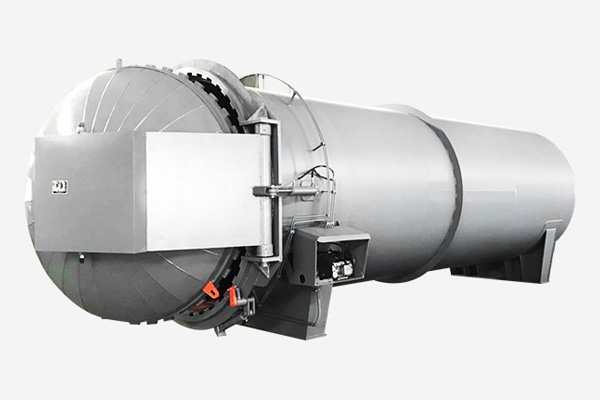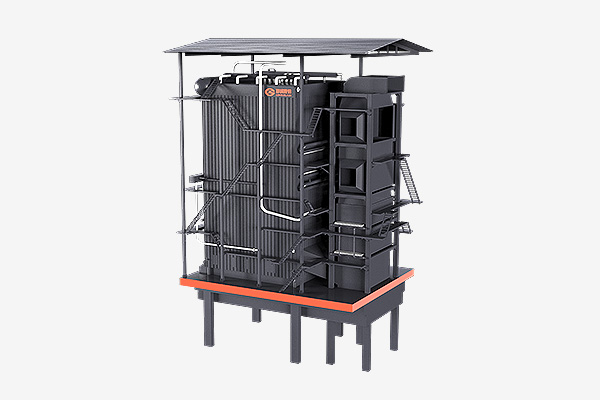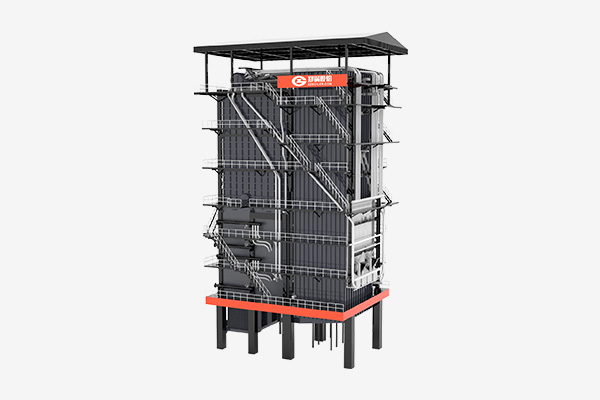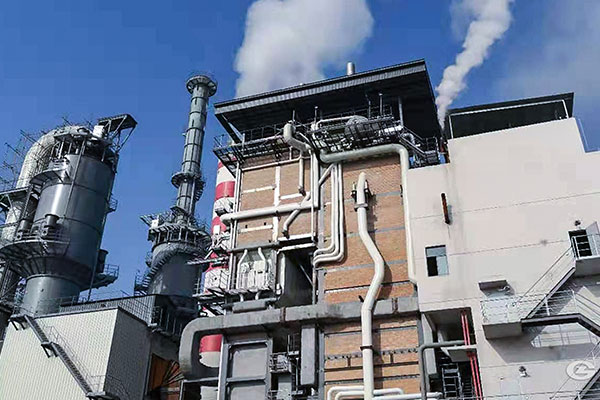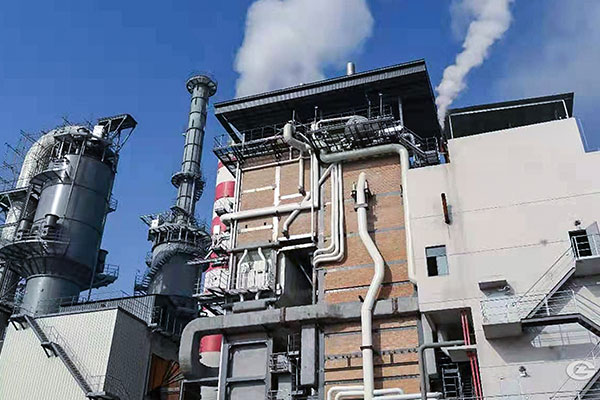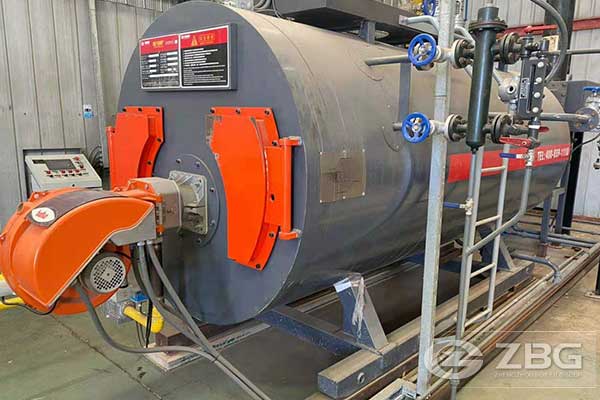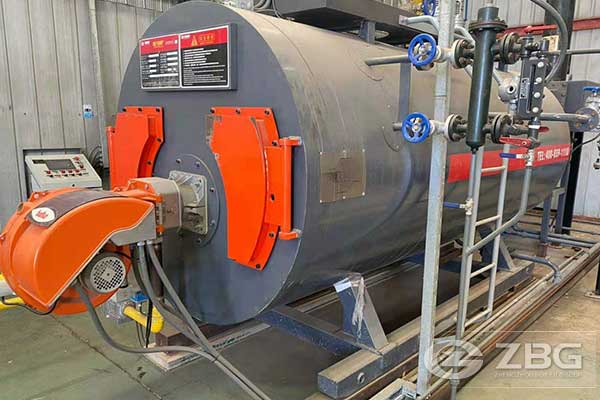How to Calculate Boiler Steam Cost
2018-05-11 09:35:51It is a complicated process to calculate the cost of boiler steam. The details are as follows:
1. Fuel (CF)
2. Raw water supply (CW)
3. Boiler feed water treatment—including clarification, softening, demineralization (CBFW)
4. Feedwater pumping power (CP)
5. Combustion air fan (FD or ID) power (CA)
6. Sewer charges for boiler blowdown (CB)
7. Ash disposal (CD)
8. Environmental emissions control (CE)
9. Maintenance materials and labor (CM)
Calculating the cost of generating steam is relatively easy. The total variable cost of raising steam, CG, is the sum of all these individual contributions, expressed as dollars per thousand pounds ($/Klb) of steam generated:
CG = CF + CW + CBFW + CP + CA + CB + CD + CE + CM
Fuel cost is usually the dominant component, accounting for as much as 90% of the total. It is given by:
CF = aF x (HS – hW)/1000/ηB
Where aF = fuel cost, ($/MMBtu)
HS = enthalpy of steam, Btu/lb
hW= enthalpy of boiler feedwater, Btu/lb
ηB= overall boiler efficiency, fractional.
Overall boiler efficiency is based on combustion air supply at ambient temperature, and boiler feedwater makeup temperature to the deaerator. It is assumed that boiler feedwater preheat from ambient to condensate temperature (usually about 200°F) will be done by heat exchange against a process stream, outside the boiler island battery limits, with only some “top-up” heat recovery against hot boiler blowdown. The use of steam to preheat boiler feedwater was common when energy was cheap, but using surplus process heat instead (from below the “process pinch” temperature) represents a significant opportunity for improved cycle efficiency. Overall boiler efficiency becomes primarily a function of the final flue gas temperature, and will typically be in the range of 80 to 85% when the excess air ratios are near optimal. In principle, one should calculate the individual cost components rigorously for the site-specific conditions. In practice, it is usually sufficient to use an approximation:
CG = CF (1 + 0.30)
The number 0.30 represents a typical value for the sum of cost components 2 through 9 above (in oil- and gas-fired facilities). However, it could be more in smaller facilities, or in those that use coal and biomass. Normally, maintenance costs could be considered fixed, rather than variable. If the plant has multiple boilers, however, and there is an option to shut down one or more of them as the steam production rate is reduced, then maintenance costs should more properly be considered to be variable.
For all inquiries, please fill in the form below (* are required) to send us a brief message, and we will get back to you as soon as possible.
